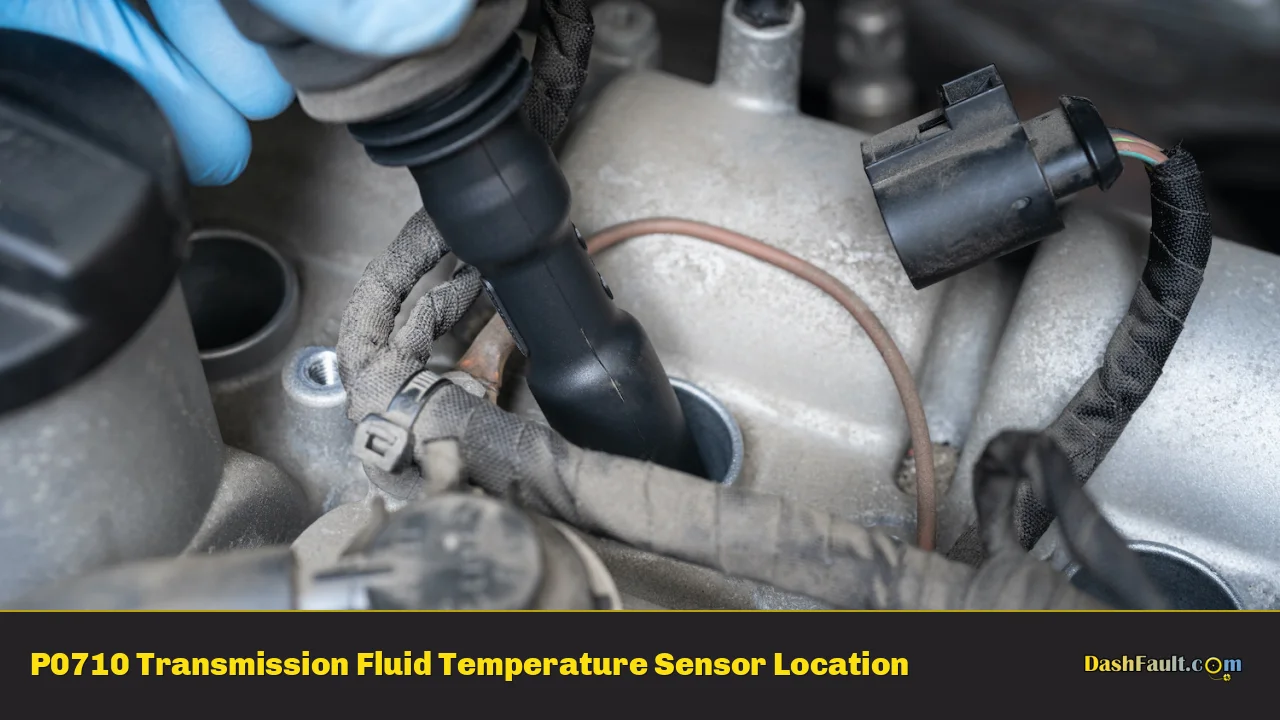Ignition coils are an essential part of a vehicle’s secondary circuitry, enabling it to start up and run smoothly. This comprehensive guide to ignition coils provides a detailed overview of how they work and how to diagnose and repair them in order to maximize their performance. Learn the secrets of secondary circuitry and gain a better understanding of the inner workings of your ignition coil, as well as how to keep it running strong.
The Basics of Ignition Coils: How to Diagnose and Repair Secondary Circuits
This comprehensive guide to ignition coils provides an in-depth look into how they function and how to diagnose and repair ignition coils to ensure optimal performance. Explore the secrets of secondary circuitry and gain a better understanding of the inner workings of your ignition coil, as well as how to keep it running effectively. Learn how to identify signs of wear and tear, and discover the most effective methods for fixing common issues. Examine the different types of ignition coils and their components, and understand the importance of proper maintenance and regular repair for ensuring optimal performance. This guide will help you gain the knowledge needed to diagnose and repair ignition coils with confidence.
| Topic | Description |
|---|---|
| Identifying Signs of Wear and Tear | Learn how to recognize common signs of damage or wear and tear in ignition coils. |
| Types of Ignition Coils | Explore the different types of ignition coils and their components. |
| Diagnosing and Repairing Issues | Discover effective methods for diagnosing and repairing common ignition coil issues. |
| Proper Maintenance | Understand the importance of proper maintenance and regular repair for ensuring optimal performance. |
The Secondary Circuit
The ignition coil is a critical component of the vehicle’s secondary circuit, which is responsible for producing the high voltage needed to create the spark that ignites the fuel-air mixture in the combustion chamber. The secondary circuit includes the ignition coil, spark plugs, and distributor cap. The ignition coil is a transformer that takes the current from the car battery and steps it up to a high voltage to create the spark needed to ignite the fuel-air mixture in the combustion chamber.
Diagnosing Ignition Coil Problems
When diagnosing ignition coil problems, it is important to understand the symptoms and possible causes. Common symptoms of a faulty ignition coil include misfiring, poor engine performance, engine stalling, and a decrease in fuel efficiency. Possible causes of ignition coil problems include a faulty spark plug, a worn-out distributor cap, or a faulty ignition coil itself.
Repairing an Ignition Coil
If the problem is determined to be an ignition coil, it must be replaced or repaired. Depending on the type of vehicle, replacing an ignition coil may be relatively simple. But if the problem is more complex, a professional mechanic may be needed to diagnose and repair the issue. It is important to use the right tools and techniques to ensure the ignition coil is repaired correctly and the vehicle is running at its best.
Preventative Maintenance
Regular maintenance of the ignition coil can help prevent future problems. To keep the ignition coil in optimal condition, it is important to check the spark plugs, distributor cap, and other components of the secondary circuit regularly for signs of wear and tear. Additionally, replacing the spark plugs and distributor cap as necessary can help ensure the ignition coil is functioning properly.
The Benefits of Understanding Secondary Circuitry
Having a comprehensive understanding of secondary circuitry and the ignition coil can give drivers the confidence they need to diagnose and repair any issues that may arise. With the right knowledge and tools, drivers can ensure their vehicles are running at their best and minimize the risk of any costly repairs in the future. The i tag keyword, ignition coil a secondary circuit, is an essential part of the vehicle’s secondary circuitry, enabling it to start up and run smoothly.
Key Takeaways About Ignition Coils and Secondary Circuits
- Ignition coils are essential components of a vehicle’s secondary circuit, responsible for producing the high voltage needed to create the spark that ignites the fuel-air mixture in the combustion chamber.
- Common symptoms of a faulty ignition coil include misfiring, poor engine performance, engine stalling, and a decrease in fuel efficiency.
- Replacing an ignition coil may be relatively simple depending on the type of vehicle, but a professional mechanic may be needed to diagnose and repair more complex issues.
- Regular maintenance and replacing spark plugs and distributor caps as necessary can help ensure the ignition coil is functioning properly.
- Having a comprehensive understanding of secondary circuitry and the ignition coil can give drivers the confidence they need to diagnose and repair any issues that may arise.
Having a comprehensive understanding of the secondary circuit and the ignition coil is essential for any car owner. With the right knowledge, tools, and preventative maintenance, drivers can ensure their vehicles are running at their best and minimize the risk of any costly repairs in the future. With this article, readers now have a better understanding of the importance of the ignition coil and the components of the secondary circuit, and how to diagnose and repair any issues that may arise.
The Benefits of Understanding Ignition Coils and Secondary Circuits
By understanding the ignition coil and its role in the secondary circuit, drivers can have the confidence to diagnose and repair any issues that arise. With the right knowledge, tools, and preventative maintenance, car owners can keep their vehicles running at their best and ensure they are safe on the roads. With this article, readers now have a better understanding of the importance of the ignition coil and the components of the secondary circuit, and how to diagnose and repair any issues that may arise.
https://www.youtube.com/watch?v=fRKykOm5wTM
